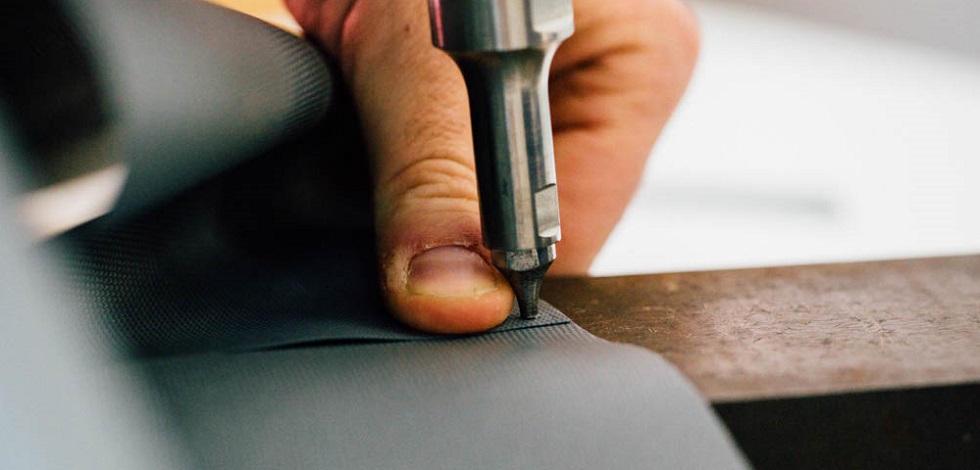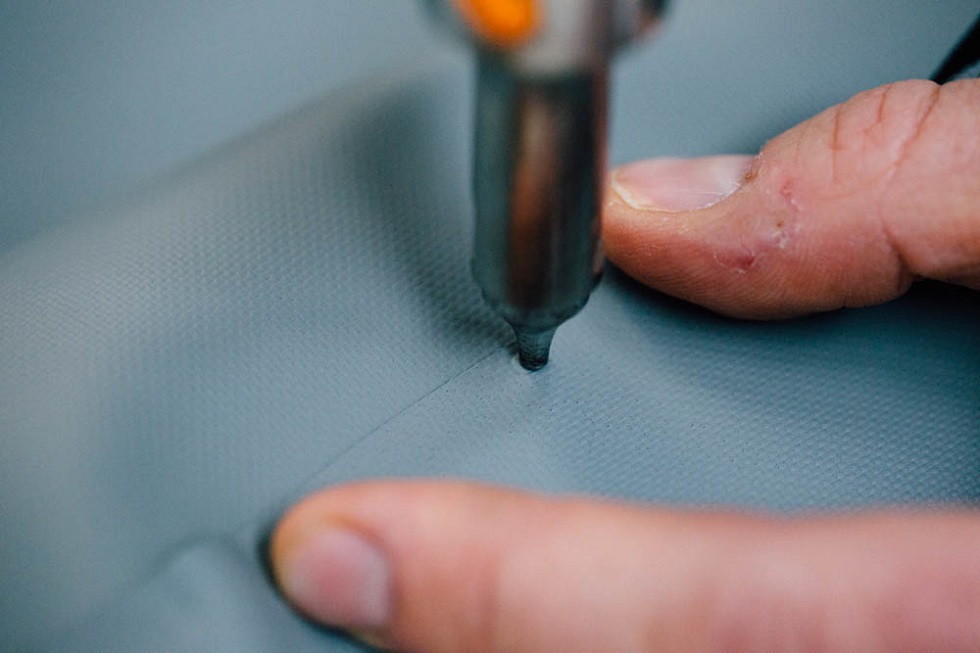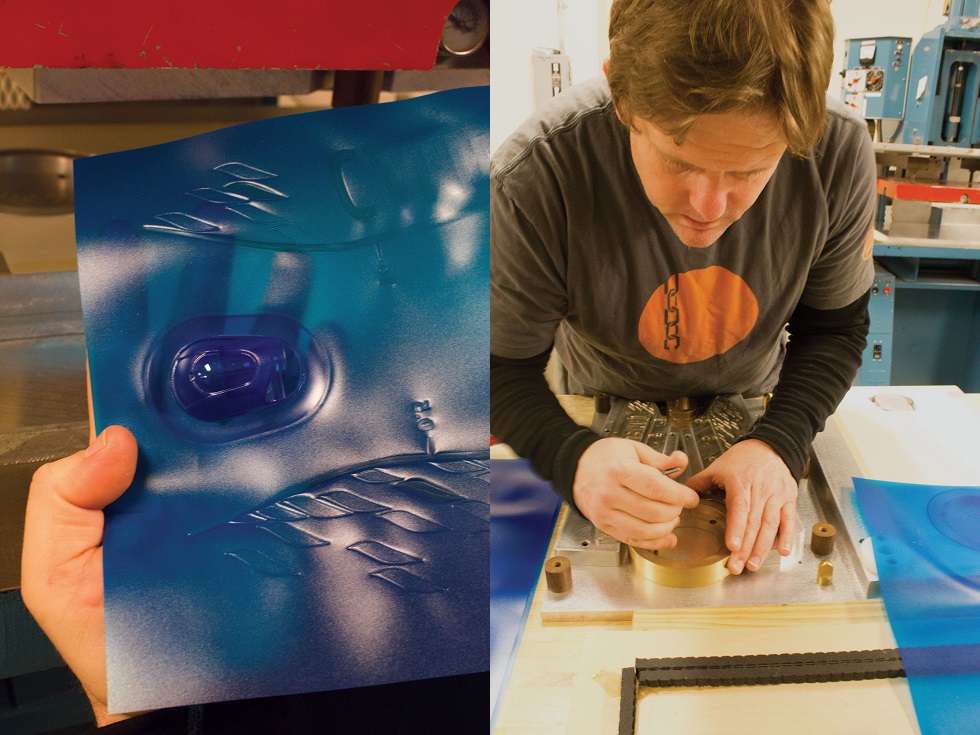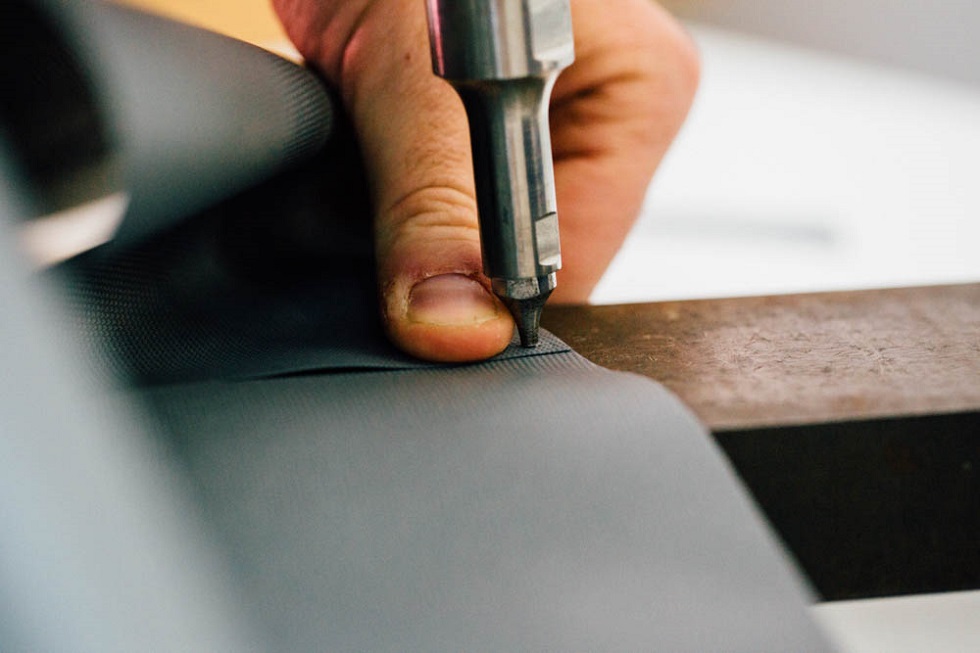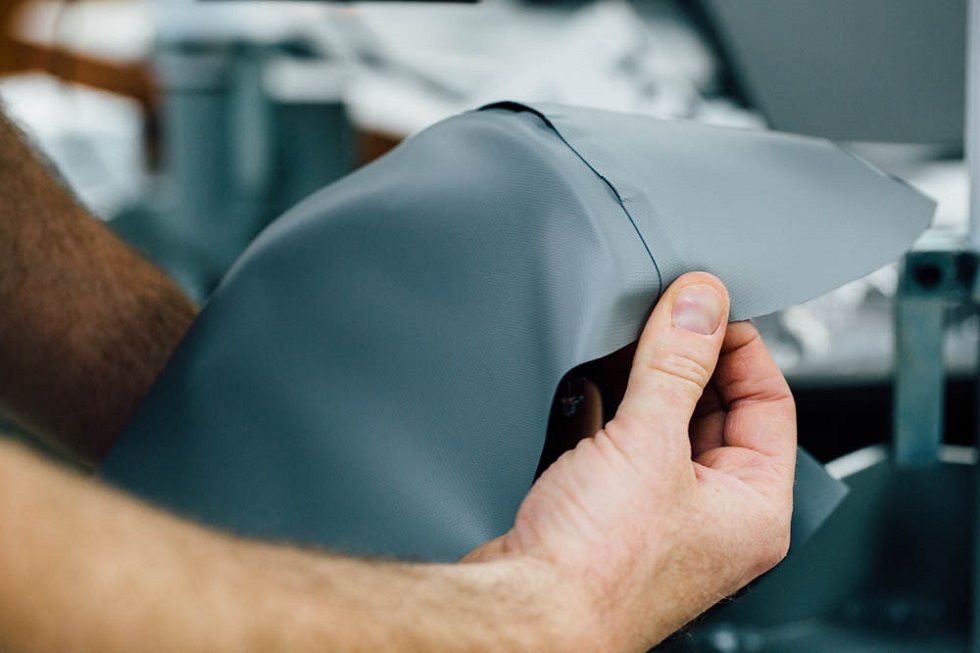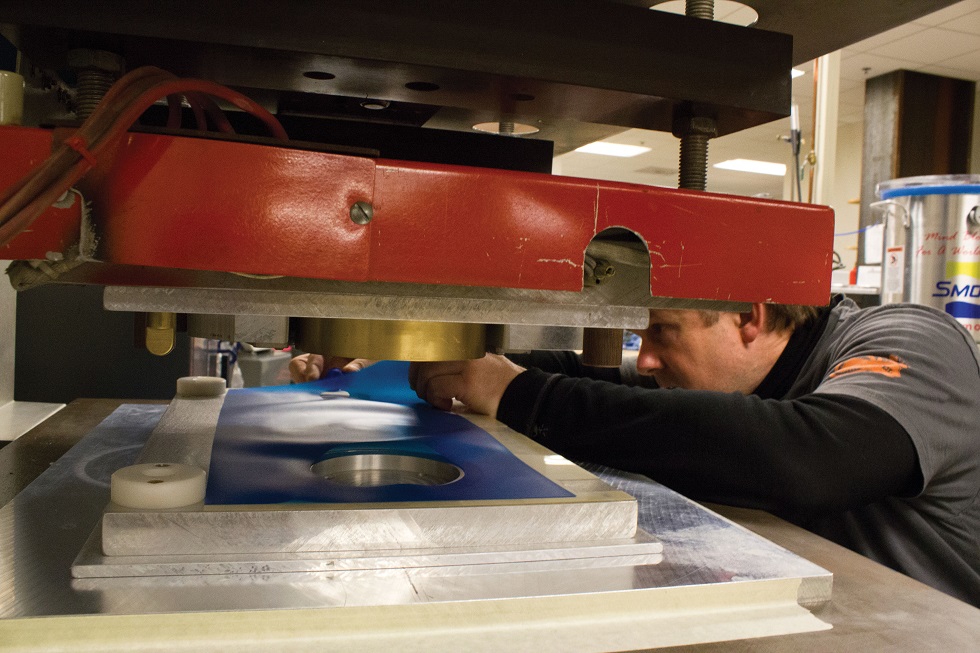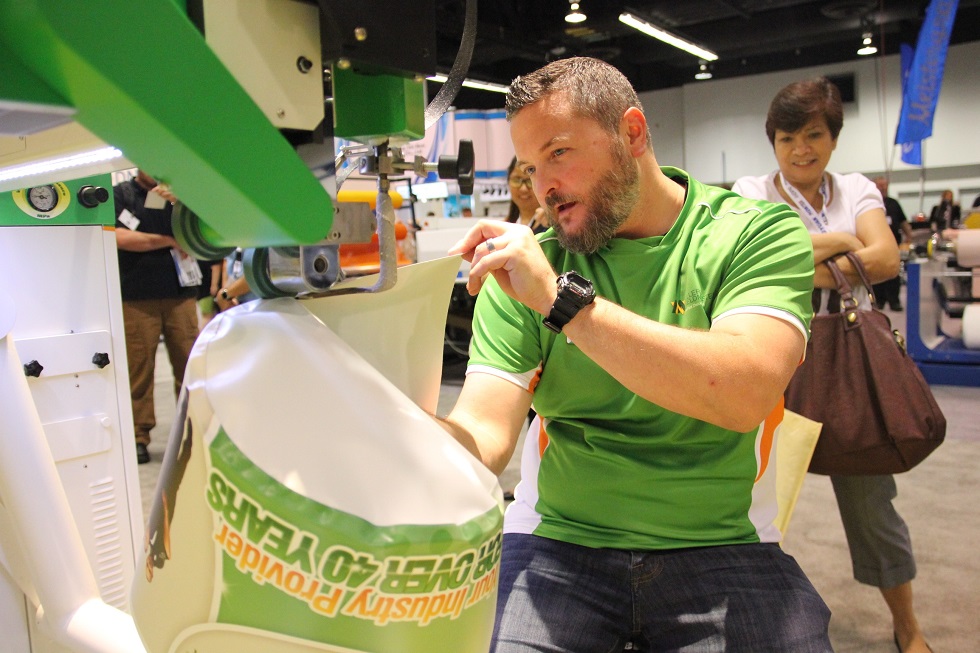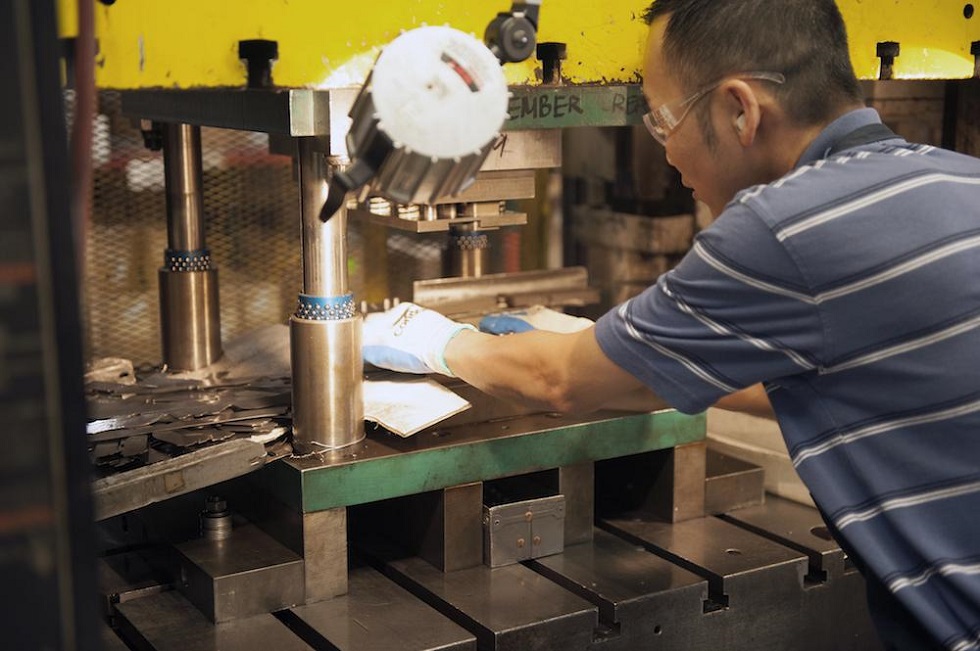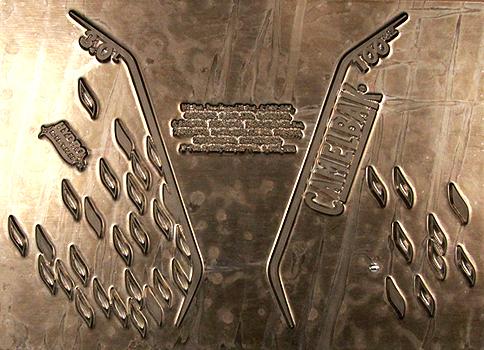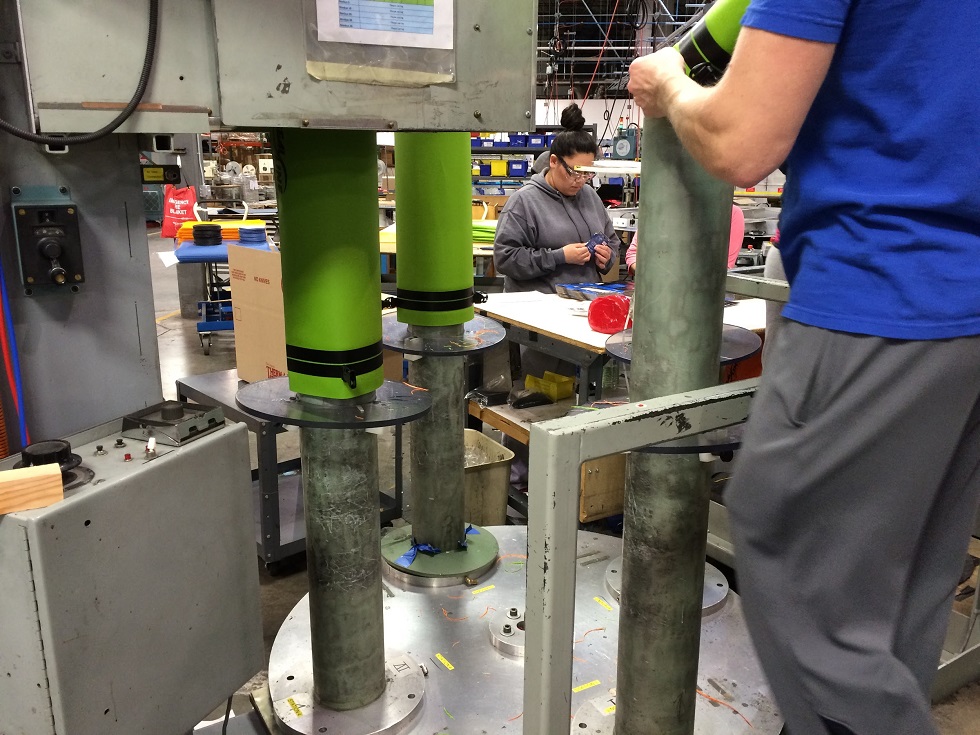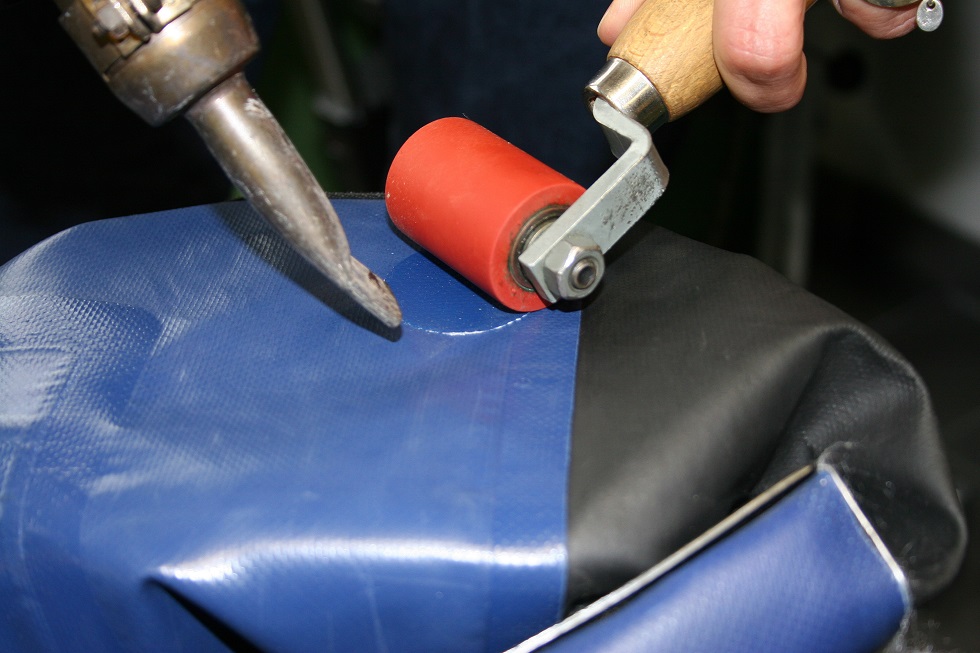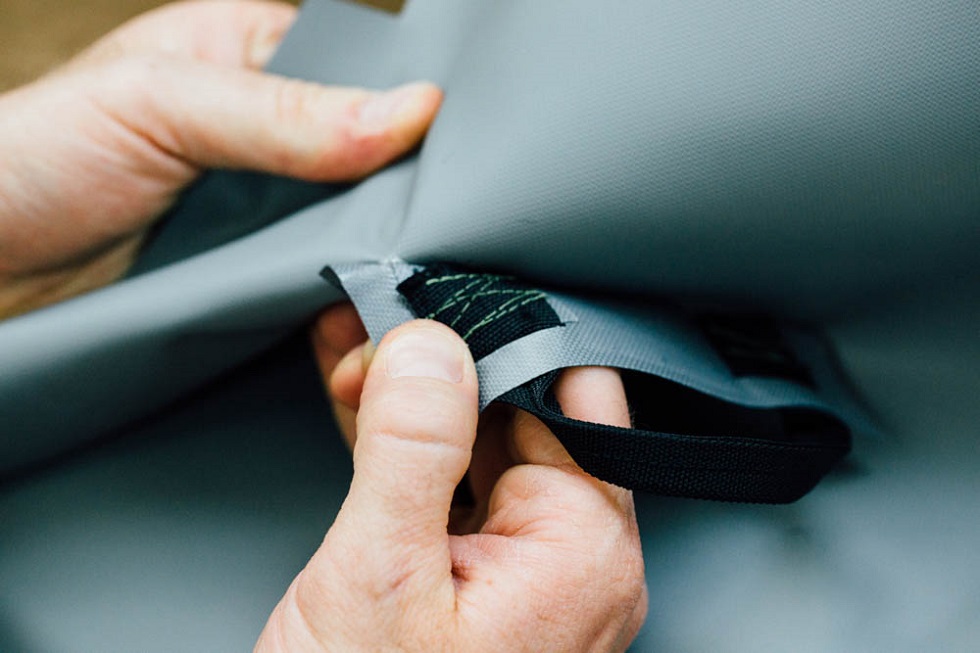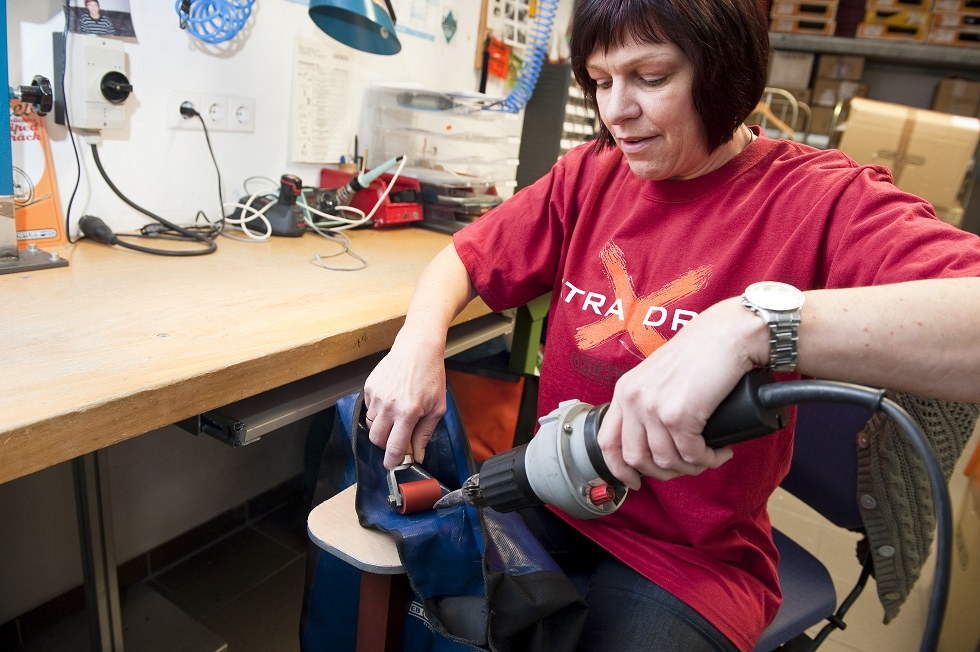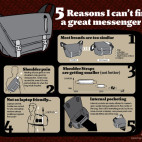The Basics :: What’s with the Weld?
Super researcher and photographer Melisine, takes a deep dive into the world of welding bags and hydration reservoirs, to glean the geeky insights about a technique strangely cloaked in secrecy.
If you've ever worn a waterproof bag, or drunk from a hydration reservoir, you've relied on a technology called plastic welding.
Plastic welding can make a bag in seconds, but the techniques take years to master. There are no schools to learn it. Plastic welding experts usually learn on the job, through in-house training. Afterwards, they often remain loyal to their company, and many stay for their entire career.
Most companies that focus on welded bags - including Ortlieb, Cascade Designs, SealLine, CamelBak and Watershed – own their own factories and don't share their secrets.
I was able to talk with people inside the top waterproof bag and hydration pack companies, and open up the mysteries and a few of the dangers of plastic welding.
I. What is plastic welding exactly?
Plastic welding is all about liquid and air. It lets you make bags that can keep water out, like a drybag, or keep water in, like a hydration reservoir. From waterbeds to spacesuits, from wedding tents to geomembranes, plastic welding is found throughout and outside our world.
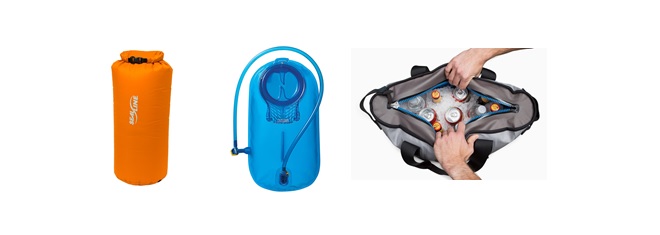
Plastic welding is a process of uniting flexible plastic materials, generally with the aid of heat and pressure. Plastic welding uses the plastic itself as the “fastener” to hold the seam together as opposed to sewing, adhesives, seam tape, or other fasteners.
This process can reliably create durable, abrasion resistant, airtight, and watertight seals without seam deterioration and decay. Plastic welds can be as strong as or stronger than the original material, so the material will often fail before the seam.
Materials
Most thermoplastics are weldable: PET (polyethylene terephthalate), PETG, PVC, PP, TPUR / PUR / PU / TPU, Open Celled Polyurethanes, LDPE/EVA.
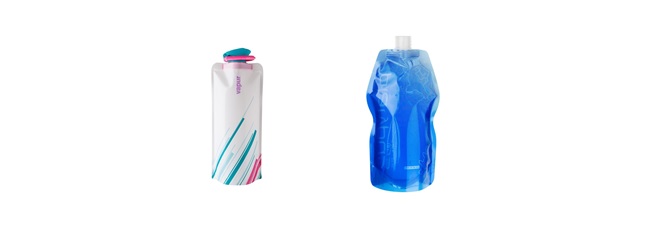
These materials can be welded alone or can be combined with other materials in multi-layer structures. They can be applied as a coating or lamination on a base fabric like nylon or polyester. Additionally, they can be combined with layers like food-grade PE plastic, which is used in Vapur and Platypus SoftBottle flexible water bottles.
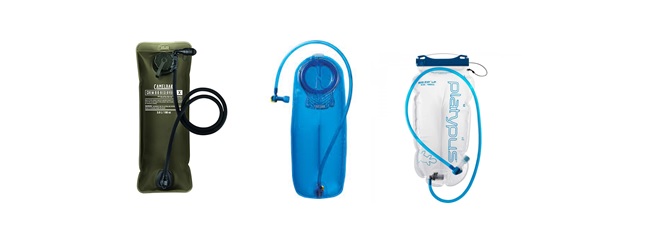
Layers can also include a chemical warfare barrier like CamelBak’s military CBR X. In addition to multi-layer structures, weldable materials can also have additives such as antimicrobial silver ion, which is used in Platypus and CamelBak reservoirs.
"This process can reliably create durable, abrasion resistant, airtight, and watertight seals without seam deterioration and decay. Plastic welds can be as strong as or stronger than the original material, so the material will often fail before the seam."
II. Bag Companies’ Welding Choices
Ortlieb, Watershed, CamelBak reservoirs, Vapur, Filson drybags, Yeti Soft Coolers, and Chrome Knurled bags use radio frequency welding.
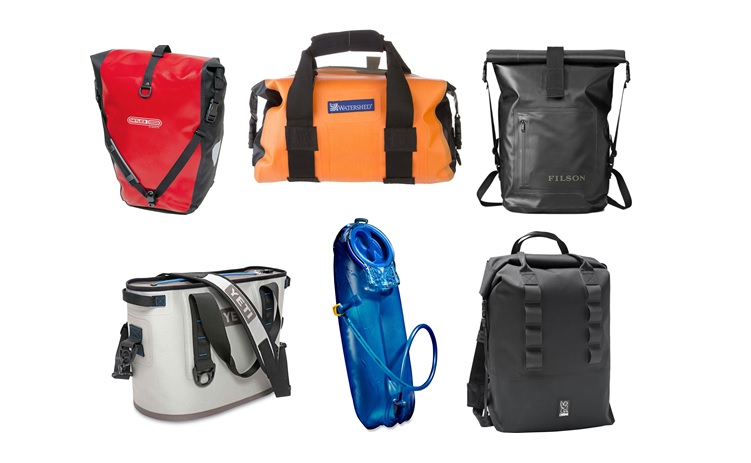
Patagonia and SealLine use both RF and thermal welding. Patagonia uses both because “RF is simple and tends to have design constraints so we use it for patch welds on large flat areas. We then use thermal welds to execute the more detailed elements which produces our unique designs that carry so well in comparison to pure RF bags.”
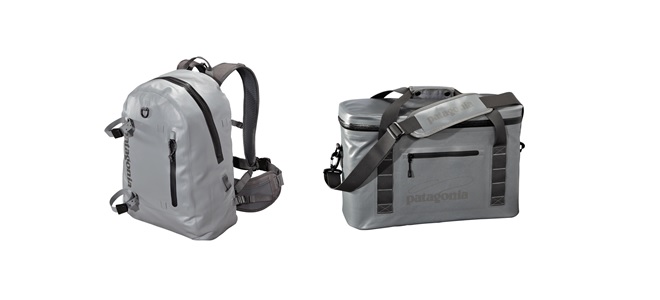
"Plastic welding is a process of uniting flexible plastic materials, generally with the aid of heat and pressure. Plastic welding uses the plastic itself as the “fastener” to hold the seam together as opposed to sewing, adhesives, seam tape, or other fasteners."
SealLine uses RF welding for dry bags, duffles, and portage packs because “it’s the best and most durable process for heavy coated fabrics.” They use thermal welds in some assembly steps in their E-Cases, SealLine urban shoulder bag and tote, and dry sacks which also feature ultrasonic welds. Thermal welding is used when the weld is complex, and a thermal weld is easier to perform consistently, for example with “thickness variations of the material and tight, small corners.” Dry sacks use “20 and 70 denier fabrics that are too thin to RF weld in a consistent fashion. We would have ended up making design changes that impacted the performance of the gear (weight, coatings, etc.) in order to RF weld.”
"Thermal welding is used when the weld is complex, and a thermal weld is easier to perform consistently, for example with “thickness variations of the material and tight, small corners.”"
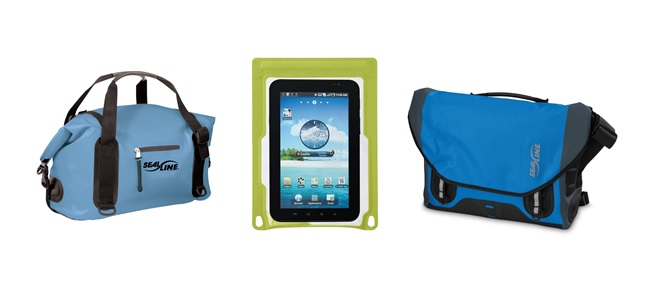
III. Types of Welding
The four main types of plastic welding used for bag making are: Hot Air, Hot Wedge, Ultrasonic, and Radio Frequency or RF, which is also called High Frequency or HF.[1]
Welding Positions
Welding types are categorized as dielectric or rotary.
Dielectric or Radio Frequency welders are stamping machines. The fabric pieces don't move but are held in place while being welded. RF welding uses a flat base plate, so it is best for welding flat and creating flat seams. It is possible to have three-dimensional dies, base plates and vacuum systems to hold the fabric pieces while the dies are applied, but they are costly.
On the other hand, Hot Air, Hot Wedge, and Ultrasonic welding are generally categorized as rotary welding. The fabric moves continuously through the machine while it is being welded, like in sewing. This makes it easier to build three-dimensional products that do not lie flat.
Welding Heat: Direct versus Indirect
Welding processes also differ in how heat is applied.
Hot Air and Hot Wedge use external, direct heating. Heat comes from the outside, from heated tools or hot gas. The heat first penetrates the material in order to heat the contact surfaces, thus risking burning the top layer.
Alternatively, internal, indirect heating creates heat in the interface or the plastic as a whole, usually in the form of friction, high-frequency electrical fields, electromagnetic fields, or ultrasonic vibration. The material is heated from the inside and fuses quickly, within a few seconds, similar to heating food in the microwave versus a traditional oven. It is energy efficient, and usually results in stress-free, stronger bonds than direct heat bonds.
IV. What makes welding so difficult?
Welds can fail during manufacturing and during product usage.
As Chrome’s Colin Maginnis explained, “there are many devil is in the detail type issues with welding [bags] and materials correctly in mass production.” This is why many companies struggle to find factories that can make what they want, and why many end up building their own factories, to create, in Ortlieb’s words, “a wealth of experience and valuable know-how.”
It can be hard to learn to make welded bags. Filson, which has made bags since 1897, explained: “When sewing a bag we can easily adjust the size of the cut pieces and start and stop seams however we like. Welding can come with some equipment limitations. It was a lot of learning about best practices and determining how to design a bag with the strongest seams.”
Herschel, which also started with sewn bags and recently launched welded bags, said “getting the right shape can be a process. We had to experiment with numerous constructions in order to achieve the same shapes as our Poly bags using this new fabrication and welding.”
"RF welding uses a flat base plate, so it is best for welding flat and creating flat seams. It is possible to have three-dimensional dies, base plates and vacuum systems to hold the fabric pieces while the dies are applied, but they are costly."
Ortlieb, which along with SealLine is the oldest continuous operation welded bag company, claims that the secret to welding bags is “to design relatively simple shapes and products that can be manufactured easily with the respective tools and devices.”
RF welding tooling can be complicated and cause long development timelines. CamelBak’s R&D Head Jeremy Galten says: “Building tooling can take months. It’s one thing to build it once, but can you build it a million times and have the same level of quality in the products? Because it is necessary to build thousands or millions of products, the tooling takes a long time to design and build before you even get parts off of it that are testable.”
In addition to custom tooling, innovative companies such as SealLine and Ortlieb will customize machines in their in-house workshops, as SealLine Brand Manager Michael Glavin said, “to the point that the make isn’t very important. We have engineers and machinists who can, like mad scientists, take existing machines and alter them to make new products. For example: if we move part of the machine around, we can make a curve we couldn’t make before.”
"...the secret to welding bags is “to design relatively simple shapes and products that can be manufactured easily with the respective tools and devices.”"
Besides tooling and machine customization, proper settings - speed, pressure, and temperature - are important.
Moreover, plastic materials can change: they swell in solvent, become brittle with UV exposure, eliminate plasticizer, and gain plasticizers (water) with humidity exposure. These all affect welding.
Finally, as welded bags are used, materials can deform under continued loading, loosening the press fit. To counteract this, designers can knurl or groove parts like Chrome’s Knurled Welded bags. The plastic then flows into the grooves and retains the joint’s holding power.

The plastic materials can also fail. However, according to Ortlieb, which offers a five-year warranty, “holes can be easily repaired with patches of the same fabric by means of welding.”
"Finally, as welded bags are used, materials can deform under continued loading, loosening the press fit. To counteract this, designers can knurl or groove parts like Chrome’s Knurled Welded bags."
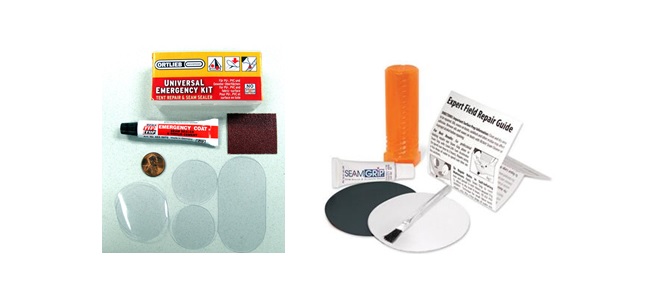
Gear Aid offers DIY repair products such as Seam Grip and Tenacious Tape (Ortlieb used to offer a DIY kit but no longer does).
V. The Dark Side of the Weld
One manufacturer illustrated the unusual nature of RF with a lightbulb trick: “If you hold a fluorescent lightbulb in your hand while you’re near a RF welding machine, while not in any way connected to the machine, the lightbulb will usually light up.” Sort of cool, but sort of scary.
There is limited information about worker safety. It is difficult to determine RF leakage fields and the specific absorption rate for each machine operator. Leakage fields are dependent on machine settings, plastic type and number of layers, as well as the size of the electrode, duty cycle of the welding process, force acting on the electrode, and output power. Monitoring of personal exposure of RF workers has been identified as an area of further research by the World Health Organization's (WHO) Radio Frequency research agenda.
"There is limited information about worker safety. It is difficult to determine RF leakage fields and the specific absorption rate for each machine operator."
Most studies do not show a significant health difference between RF workers and non RF workers. Many RF manufacturers have long-term employees with no RF-related health issues.
However, RF operators are often highly exposed to RF; some workplaces exceed the ICNIRP (International Commission on Non-Ionizing Radiation Protection) levels.
The scariest thing is that workers near RF sealers may be unaware of their exposure. RF energy from sealers can penetrate and heat deep within the body and have damaging effects on cells and tissue, without activating skin heat sensors, or raising tissue or body temperature.
Safety Measures
RF machines have become much safer over time. Forty years ago, they had to be kept in fenced in areas because of their emissions. RF machines are now often built in compliance with OSHA (Occupational Safety & Health Administration) and international safety standards. Many factories follow these standards as to the amount of stray RF around an operator, limits on body-to-ground and contact currents.
RF energy absorption and field leakage can be reduced by shielding, proper machine grounding, operator isolation from ground, increased distance between the operator and machine, and changing the operator’s position.





 Carry Awards
Carry Awards Insights
Insights Liking
Liking Projects
Projects Interviews
Interviews
